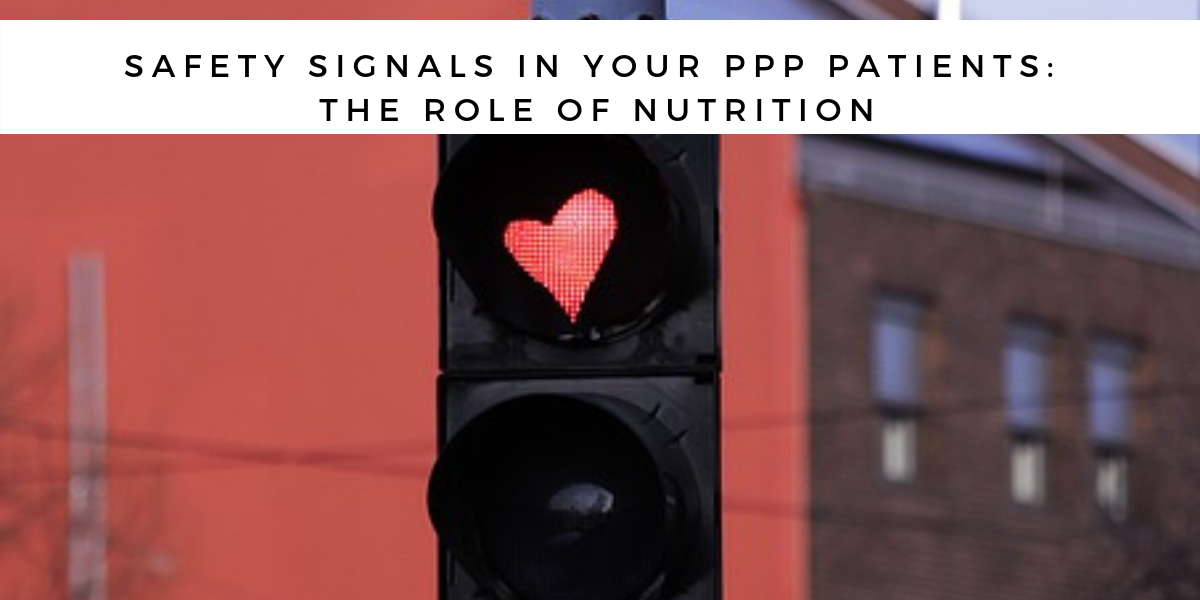Being a clinician working in persistent pelvic pain (PPP) you’re working with the whole person.
Arguably even more than when you specialise in elbows or necks. Persistent pain is complicated, and when it involves the pelvis, it seems to involve even more layers. We can’t understand a woman’s pelvic pain without knowing about her reproductive health in detail. We develop an encyclopaedic knowledge of our patients’ bowel habits. And the psychological and social impacts of pelvic pain are unbelievably far-reaching.
But even with this level of insight into our PPP patients’ health, there are gaps in our knowledge. We are addressing it from all sides, but we feel like we’re missing something. There seems to be more going on in their system than we understand. Is this just because persistent pain often involves central sensitisation, which was hard for our patients to get their heads around?
No, it’s not just that. Pain IS complicated, and central sensitisation is a convoluted process. But if we focus too hard on one thing, we can lose sight of another; we miss seeing the forest for the trees. Sometimes there’s something going on in the forest we need to step back to see. In my experience, this is often nutrient deficiency.
Don’t get me wrong – I usually start with the big things that we know about persistent pain from research. Addressing low self-efficacy by giving the patient something simple they can do. Modelling with a careful choice of words to address catastrophising. Providing an influx of safety signals to soothe hypervigilance.
Safety signals come in many forms:
- Auditory (the words and tone the patient hears from you, your receptionist’s welcome)
- Visual (the expression on your face, your reassuring body language)
- Tactile (the non-painful, non-threatening manual therapy you provide)
- Olfactory (the soothing smell of the tea you provide in the waiting room)
What form of safety signal are we forgetting?
Biochemical.
We create biochemical safety signals through interventions like teaching slow breathing and body relaxation. But it’s important to remember that nutrient deficiency can compromise safety signalling by reducing ability to relax, compromising sleep, decreasing energy levels and contributing to a “tired but wired” physiology and poor coping ability.
But here’s the bombshell.
Certain nutrient deficiencies can also increase nerve sensitivity (including sensitisation processes) and impair muscle function, including relaxation.
What are the most common nutrient deficiencies in PPP? The easiest ones to identify include vitamin D and iron. I’ve seen these multiple times this week – but I had to ask for the tests to be done to identify them. I also see issues with low magnesium, zinc, vitamin B12, omega 3 fatty acids and iodine.
Do you suspect there’s more going on with your PPP patients?
Could nutrient issues be increasing danger signals, or reducing safety signals?
To learn more about identifying nutrient issues in your patients while staying within your scope of practice, check out my self-paced online course Nourished & Nimble: Maximising Musculoskeletal Integrity for Optimal Patient Outcomes.



Join our Facebook Group! Nutrition & Functional Medicine for Manual Therapists